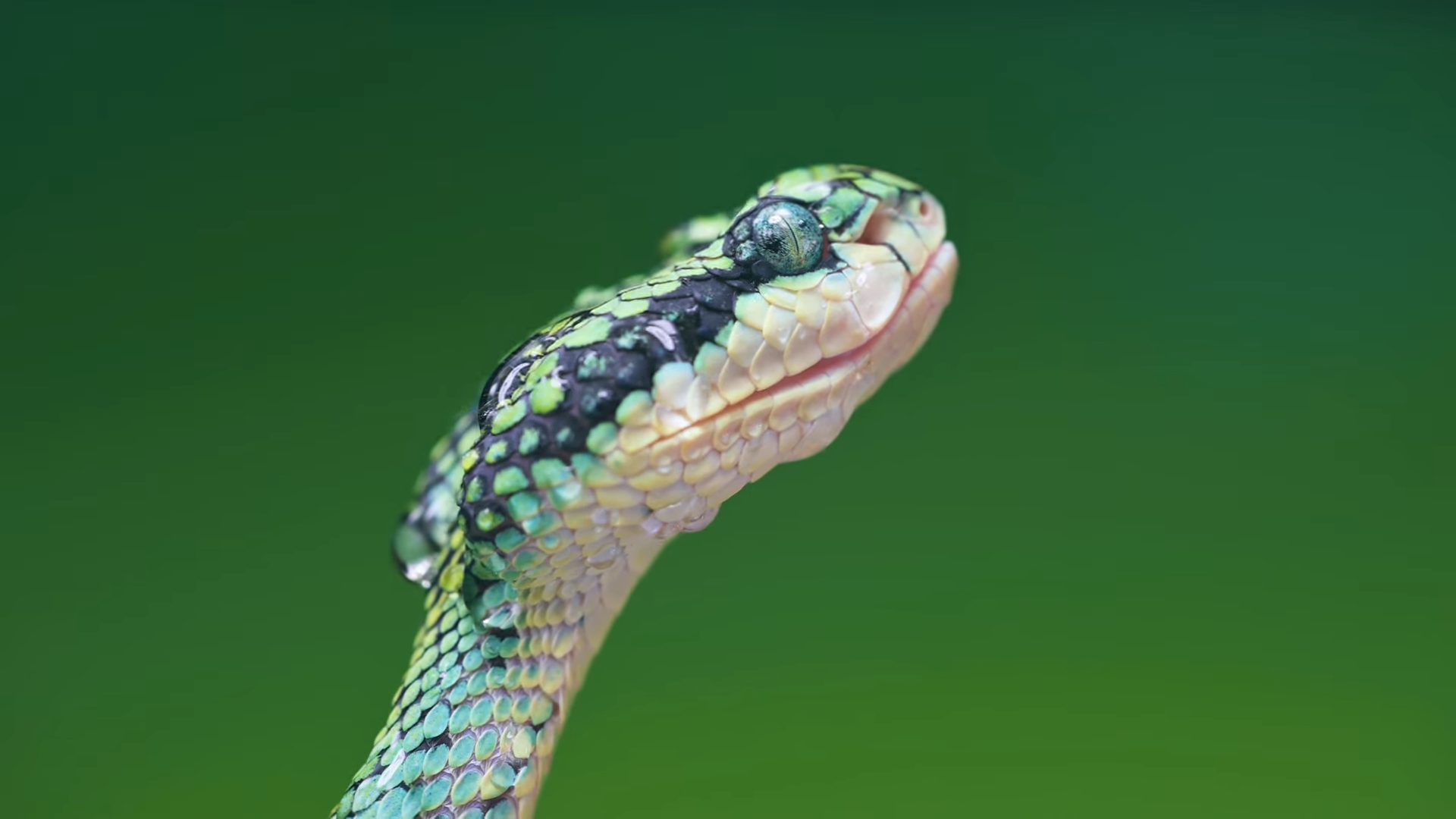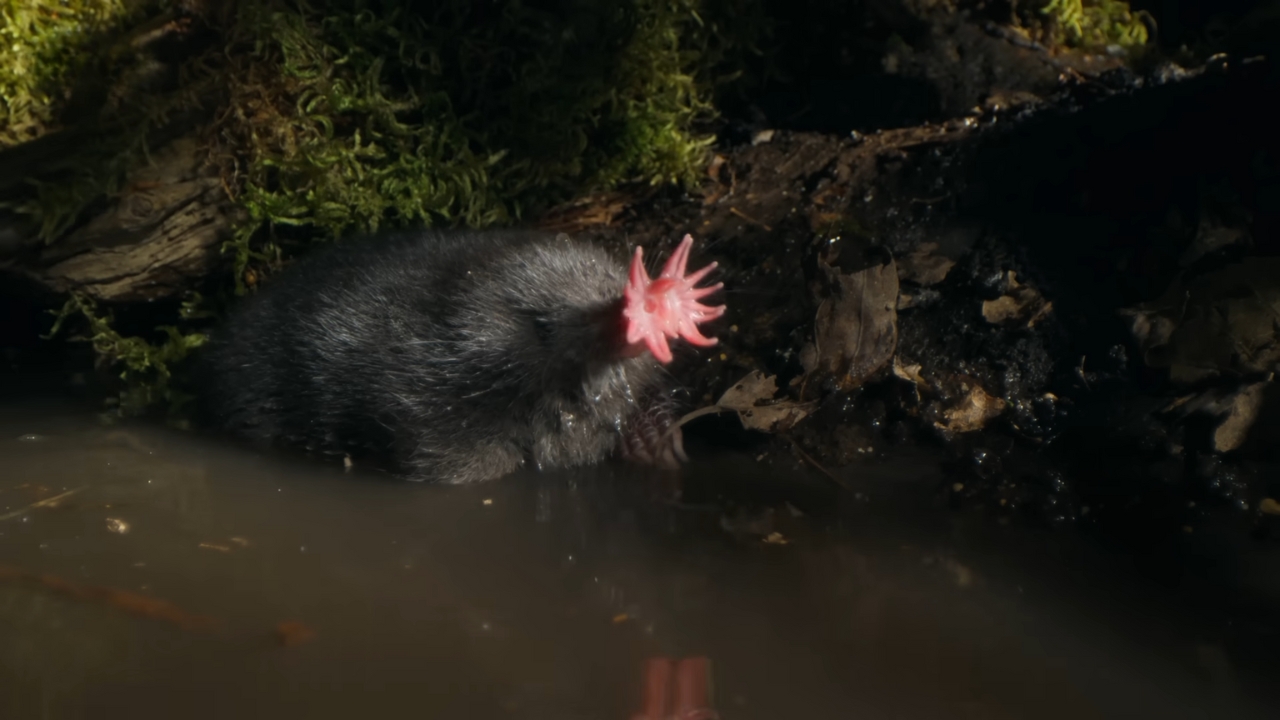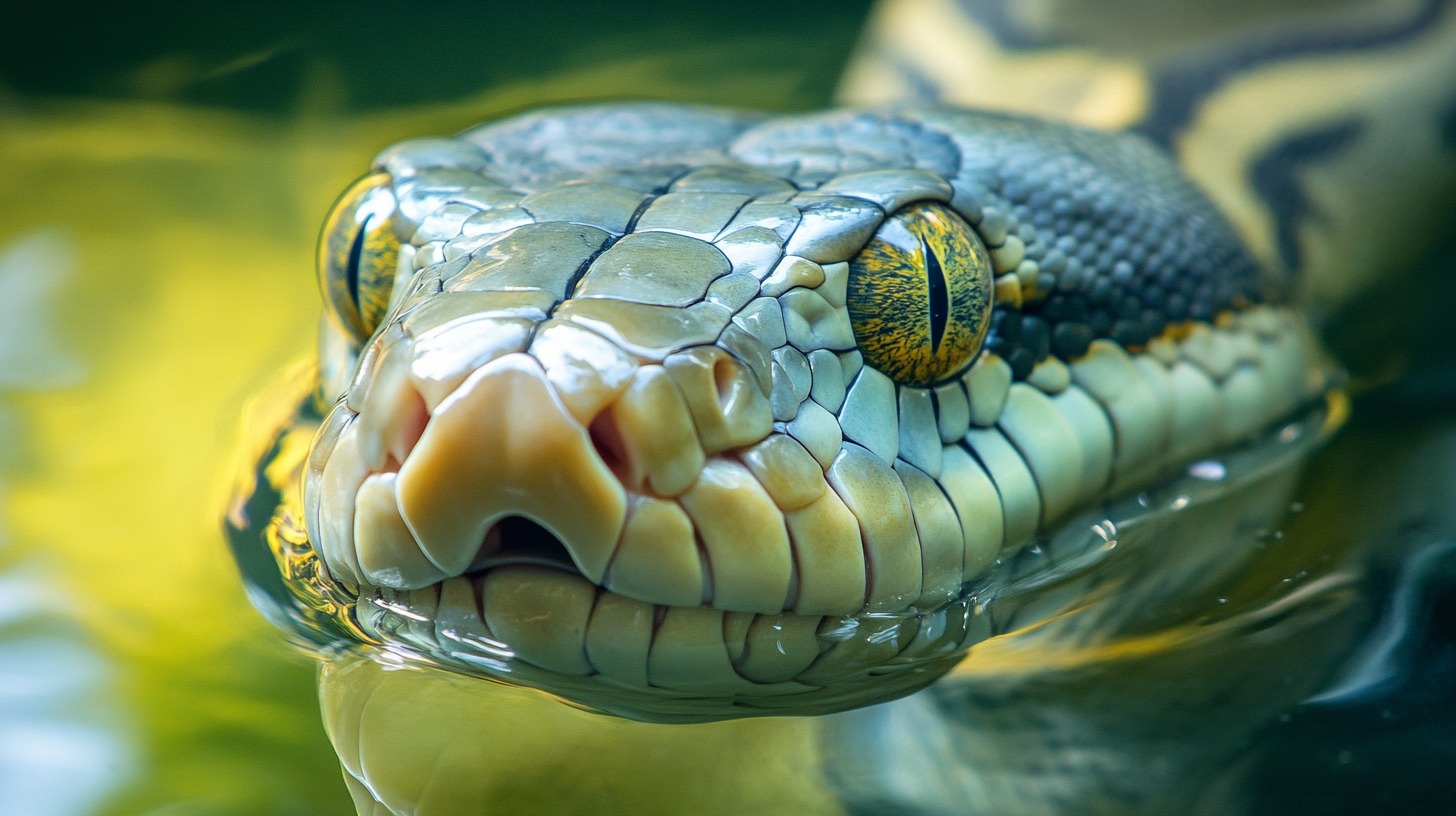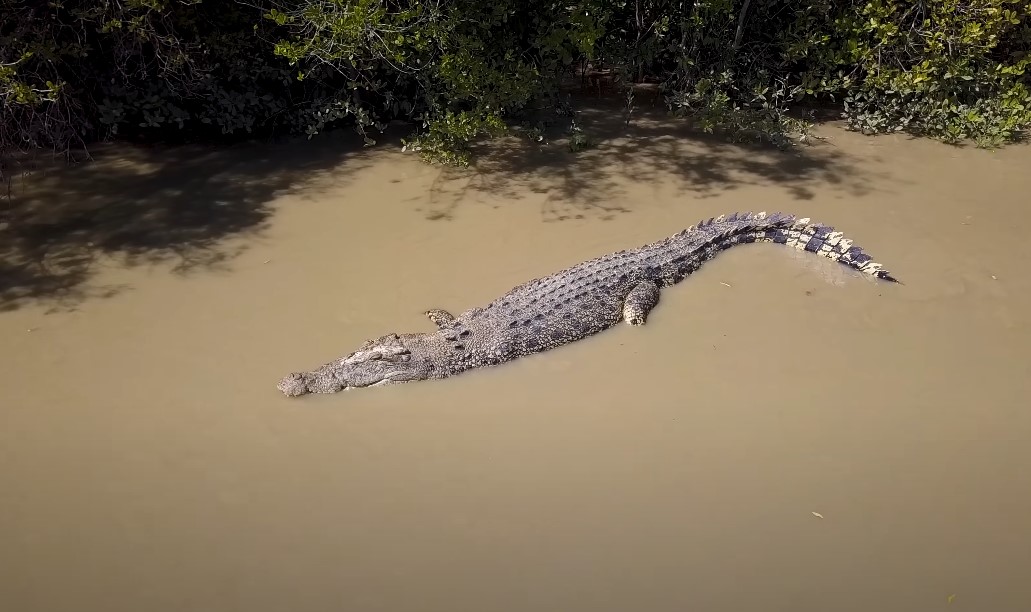
Share Post:
The fascination with large snakes has captivated the human imagination for centuries. These serpents, with their incredible size and strength, evoke both awe and fear.
Here, we explore some of the largest snakes ever recorded, focusing on their impressive dimensions, habitats, and unique characteristics.
Our ranking considers factors like length, weight, and historical records, showcasing the diverse and fascinating world of these giant reptiles.
Still, length will be the main factor we will use.
1. Titanoboa cerrejonensis (Extinct)

- Size: Up to 42.7 feet (13 meters) in length
The Titanoboa cerrejonensis is the largest snake ever discovered, a prehistoric giant that lived around 60 million years ago.
Fossils of this massive serpent were found in the coal mines of Cerrejón in Colombia, providing a glimpse into a time when reptiles dominated the Earth.
With a length of up to 42.7 feet, the Titanoboa dwarfs even the largest modern snakes, earning its place as a true titan of the past.
Living in the warm, swampy rainforests of prehistoric South America, the Titanoboa likely fed on large crocodiles and fish, dominating its environment as the apex predator.
Its immense size suggests that it had few natural enemies, ruling its domain with unrivaled power.
The discovery of Titanoboa has provided valuable insights into the evolution of snakes and the conditions of ancient ecosystems.
While extinct, the legacy of Titanoboa continues to inspire awe and wonder. It serves as a reminder of the incredible diversity and adaptability of snakes, as well as the dynamic nature of life on Earth throughout its history.
2. Green Anaconda (Eunectes murinus)

- Size: Up to 33 feet (10 meters) in length; weight up to 550 pounds (250 kg)
The Green Anaconda is renowned as the heaviest snake in the world, a true giant of the South American rainforests. Found primarily in the Amazon Basin, this massive serpent is perfectly adapted to its aquatic environment.
With a muscular body capable of constricting and overpowering large prey, the Green Anaconda can take down creatures as formidable as caimans and deer. Its olive-green skin, adorned with black oval patches, provides excellent camouflage in the murky waters of its habitat.
Beyond its impressive size, the Green Anaconda is a master of stealth and patience. It often lies in wait in the water, striking with incredible speed when prey comes within range.
The Green Anaconda is not aggressive toward humans, although its size and strength demand respect.
This snake plays a vital role in maintaining the balance of its ecosystem, controlling populations of various species, and contributing to the health of its environment.
3. Reticulated Python (Malayopython reticulatus)

- Size: Up to 32.8 feet (10 meters) in length
The Reticulated Python holds the title of the longest snake in the world, with some individuals reaching lengths that rival the Green Anaconda. Native to Southeast Asia, this snake is found across a range of habitats, from rainforests to grasslands, and even urban areas.
Its distinctive reticulated pattern, featuring complex geometric shapes, makes it one of the most visually striking snakes.
Known for its strength and agility, the Reticulated Python is a skilled hunter, preying on a variety of animals, including mammals, birds, and reptiles. Its ability to subdue large prey has led to occasional incidents with humans, although such encounters are rare.
This python is highly adaptable, thriving in diverse environments and sometimes venturing into areas inhabited by people.
The combination of length, power, and adaptability makes it one of the most remarkable snakes on the planet. Its role in local ecosystems is significant, as it helps control the populations of various species, contributing to the ecological balance.
4. Amethystine Python (Morelia amethistina)
- Size: Up to 28 feet (8.5 meters) in length
The Amethystine Python, also known as the scrub python, is one of the largest snakes found in Australia, Papua New Guinea, and Indonesia. This impressive serpent is known for its iridescent scales, which shimmer with a rainbow-like sheen when exposed to light.
Its beauty, combined with its formidable size, makes it a standout among the world’s largest snakes.
Often found near water sources, the Amethystine Python is an excellent swimmer, capable of navigating rivers and streams with ease. It preys on a variety of animals, including birds, mammals, and other reptiles, using its powerful constriction to subdue its prey.
Despite its size, this python is generally shy and avoids human contact, though it can become aggressive if threatened.
The role in its ecosystem is crucial, as it helps regulate the populations of various species. Its adaptability to different environments, from tropical rainforests to arid regions, highlights the incredible resilience of these reptiles.
The Amethystine Python continues to fascinate herpetologists and snake enthusiasts alike, representing the majesty and mystery of the natural world.
5. Burmese Python (Python bivittatus)

- Size: Up to 18.8 feet (5.74 meters) in length
The Burmese Python is a popular species among pet enthusiasts, but it is also one of the largest snakes in the world. Native to Southeast Asia, this python has become an invasive species in Florida, USA, where it has established a thriving population.
The non-venomous constriction method, combined with its substantial size, makes it a formidable predator in its environment.
In the wild, it preys on a wide range of animals, from birds and mammals to reptiles and amphibians. Its ability to thrive in various habitats, including forests, grasslands, and swamps, has contributed to its success as both a native and invasive species.
In Florida, it has disrupted local ecosystems by preying on native wildlife, leading to significant ecological concerns.
Despite these challenges, the Burmese Python is a fascinating species that highlights the complex relationship between humans and wildlife. Its popularity as a pet has also led to increased awareness of the responsibilities associated with keeping such large and potentially dangerous animals.
The story of the Burmese Python serves as a reminder of the impact humans can have on natural ecosystems, both positive and negative.
6. King Cobra (Ophiophagus hannah)
- Size: Up to 18.7 feet (5.7 meters) in length
The King Cobra is the longest venomous snake in the world, a title that reflects its impressive size and deadly potential. Native to India and Southeast Asia, this snake is known for its distinctive hood and the fearsome reputation that precedes it.
Its name, which means “snake eater,” is well-earned, as it preys primarily on other snakes, including venomous species.
The neurotoxic venom is highly potent, and capable of delivering a fatal dose to large animals and humans. However, this snake is generally shy and prefers to avoid confrontation, using its impressive display and loud hiss to deter potential threats.
In its natural habitat, the King Cobra plays a crucial role in controlling the populations of other snakes, maintaining the balance of its ecosystem.
The combination of size, strength, and venom makes it one of the most revered and feared snakes in the world.
Its cultural significance in various Asian societies adds to its mystique, symbolizing power, protection, and even royalty.
7. African Rock Python (Python sebae)

- Size: Up to 23 feet (7 meters) in length
The African Rock Python is the largest snake in Africa, known for its aggressive nature and immense size.
Found across sub-Saharan Africa, this python inhabits a range of environments, from savannas and forests to swamps and rocky outcrops.
Its powerful body and sharp teeth make it a formidable predator, capable of taking down large prey such as antelope and even crocodiles.
This snake’s aggressive temperament has earned it a fearsome reputation, and it is known to defend itself fiercely when threatened.
The ability to thrive in diverse habitats and its adaptability to different climates contribute to its widespread presence across the continent.
The African Rock Python plays a vital role in its ecosystem, helping to control the populations of various species.
Its relationship with humans is complex, as it is both feared and revered in many cultures. Its presence in rural areas can lead to conflicts with local communities, but it also holds cultural significance in some African traditions.
8. Indian Python (Python molurus)

- Size: Up to 21 feet (6.4 meters) in length
The Indian Python, also known as the Indian Rock Python, is a non-venomous constrictor found across:
- India
- Pakistan
- Sri Lanka
- Nepal
This large snake is recognized for its distinctive patterned scales and heat-sensing pits, which allow it to detect warm-blooded prey even in complete darkness.
Despite its size and strength, the Indian Python is generally not aggressive towards humans, though it can become defensive if cornered or threatened. This python plays a crucial role in local ecosystems, controlling populations of rodents, birds, and other small animals.
Its ability to adapt to a range of habitats, from forests and grasslands to swamps and marshes, has contributed to its widespread distribution.
It is also culturally significant, believed to have inspired the character Kaa in Rudyard Kipling’s “The Jungle Book.” Its depiction in literature and folklore reflects the awe and reverence with which this snake is regarded in its native regions.
The Indian Python continues to fascinate and inspire, representing the beauty and power of nature.
9. Black Mamba (Dendroaspis polylepis)

- Size: Up to 14.1 feet (4.3 meters) in length
The Black Mamba is one of the most feared snakes in the world, known for its speed, agility, and deadly venom. Native to sub-Saharan Africa, this snake is the longest venomous snake on the continent, capable of reaching speeds of up to 12 miles per hour.
Its slender, dark body and coffin-shaped head make it easily recognizable, while its reputation as a swift and lethal predator adds to its mystique.
Despite its fearsome reputation, the Black Mamba is relatively shy and prefers to avoid human contact. However, when threatened, it can become highly aggressive, delivering multiple strikes with its neurotoxic venom.
The venom of the Black Mamba is potent enough to kill a human within hours if not treated with antivenom, making it one of the deadliest snakes in the world.
The Black Mamba’s role in its ecosystem is crucial, as it helps control populations of small mammals and birds. Its presence in African folklore and mythology further cements its status as a creature of both fear and fascination.
10. Olive Python (Liasis olivaceus)
- Size: Up to 13 feet (4 meters) in length
The Olive Python is one of the largest snakes native to Australia, known for its olive-green coloration and impressive size.
The non-venomous constrictor is found in a variety of habitats across northern Australia, including rocky outcrops, woodlands, and river systems.
Its muscular body and strong jaws allow it to overpower and consume large prey, such as wallabies and birds.
This species is generally shy and avoids human contact. It is an excellent climber and swimmer, often hunting near water sources where it can ambush its prey.
The role in maintaining ecological balance is significant, as it helps regulate the populations of various species.
Its striking appearance and powerful presence have made it a favorite among reptile enthusiasts and researchers alike.
The Bottom Line
The world of giant snakes is both fascinating and diverse, showcasing the incredible adaptability and strength of these reptiles.
From the prehistoric Titanoboa to the modern-day Green Anaconda and Reticulated Python, these serpents have captured human imagination and played vital roles in their ecosystems.
Their size, power, and unique characteristics make them some of the most awe-inspiring creatures on the planet, reminding us of the remarkable diversity of life on Earth.
You might also be fascinated by some of the biggest cat breeds that are known for their impressive size and unique characteristics.
Related Posts:











